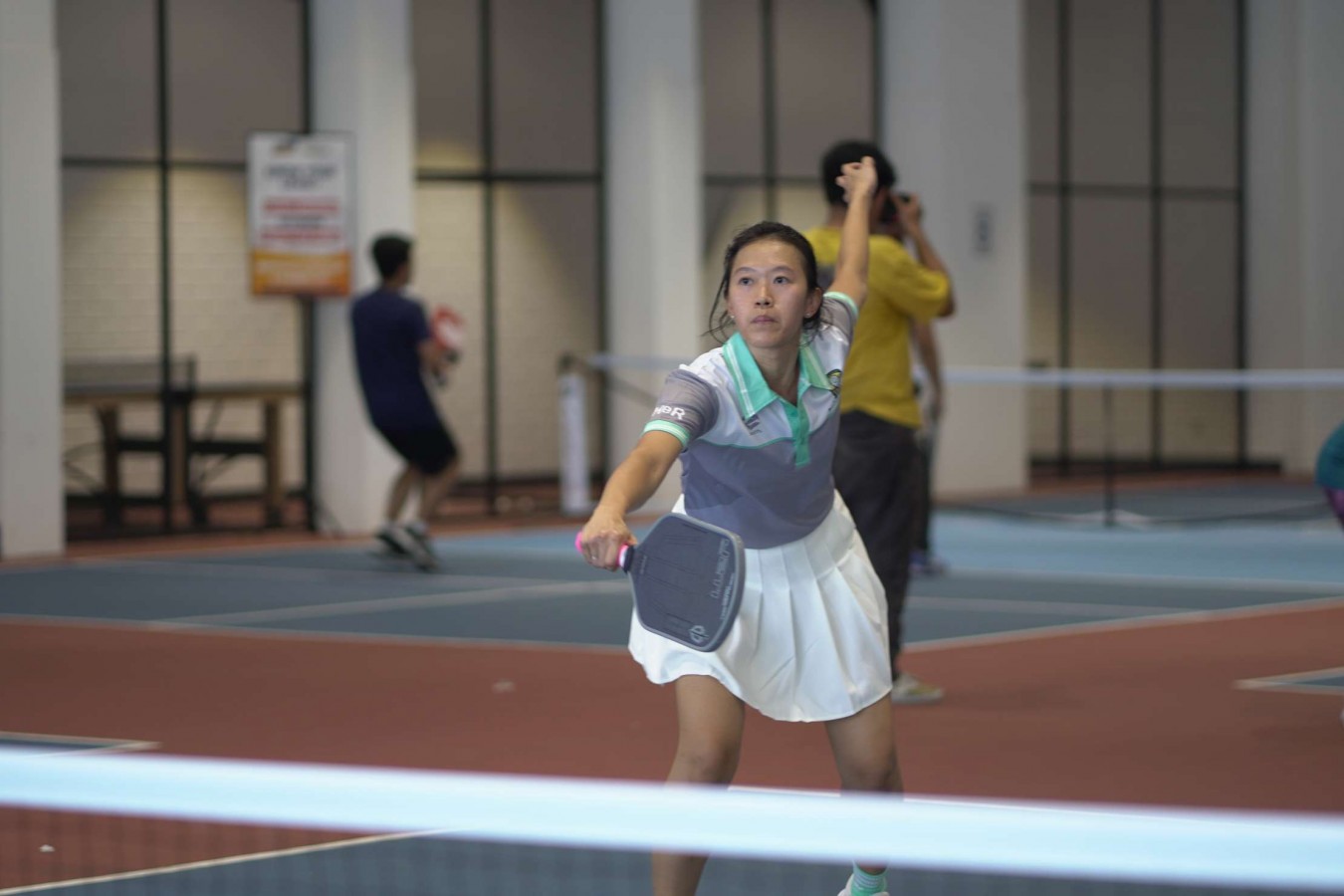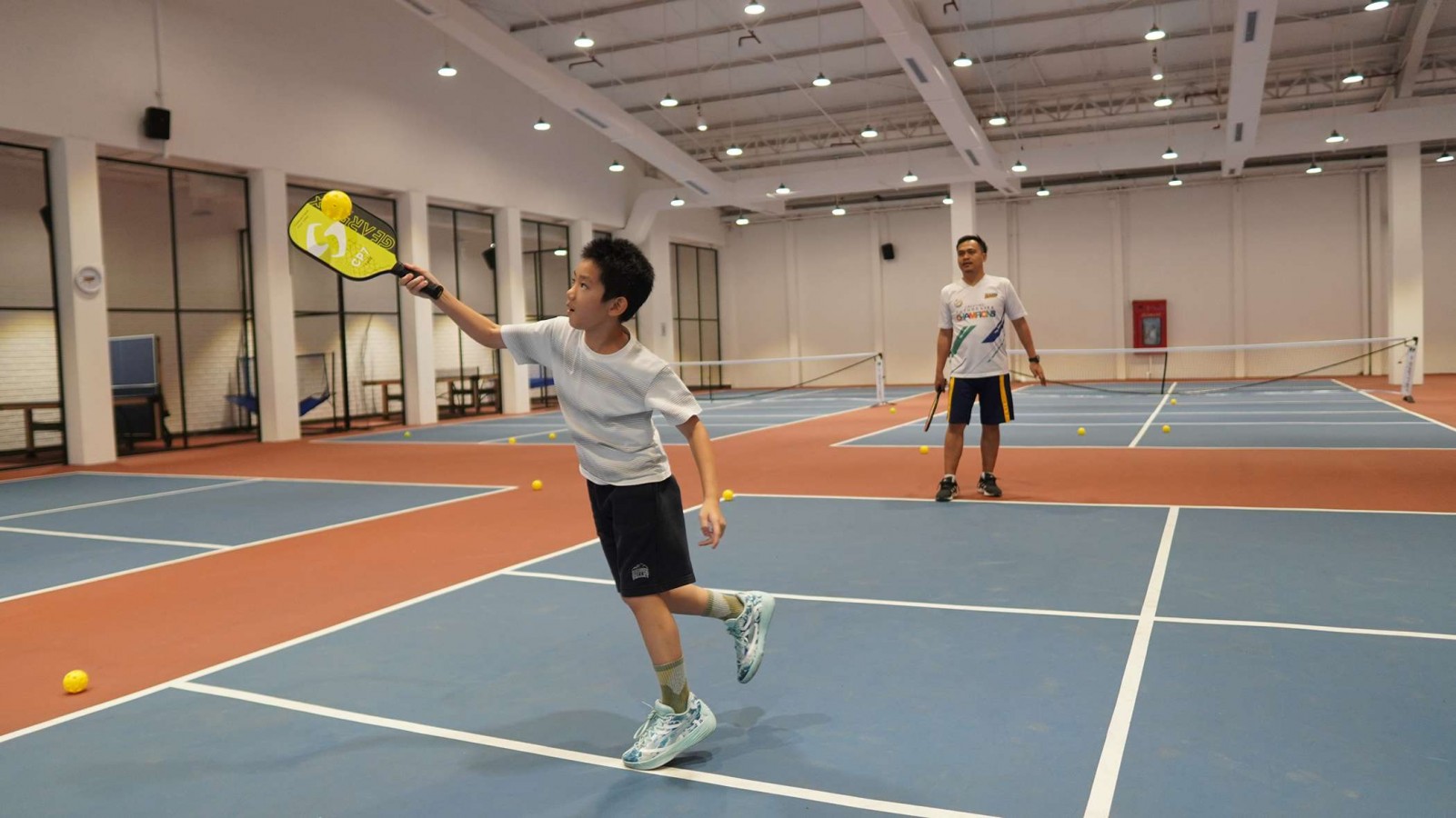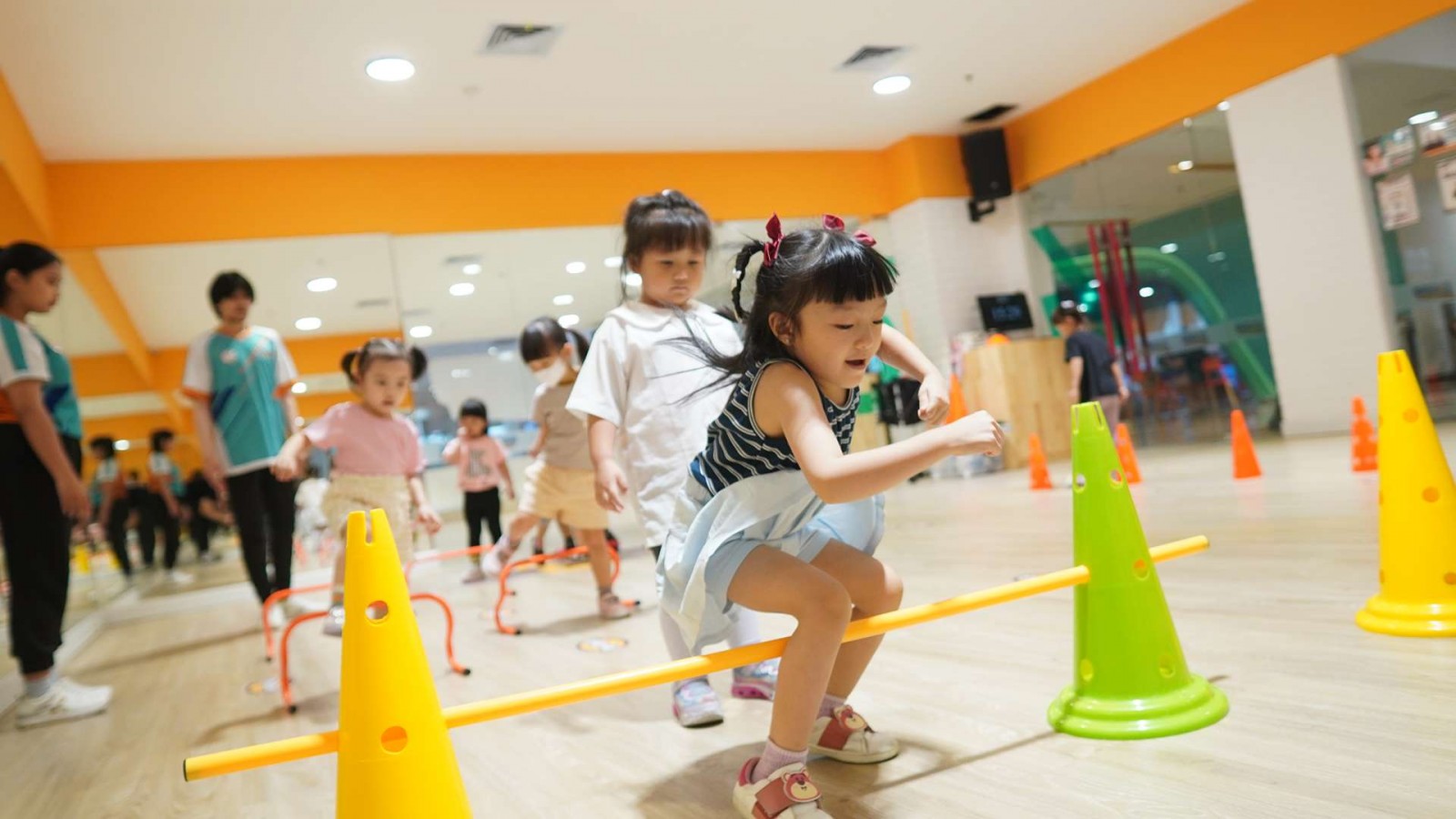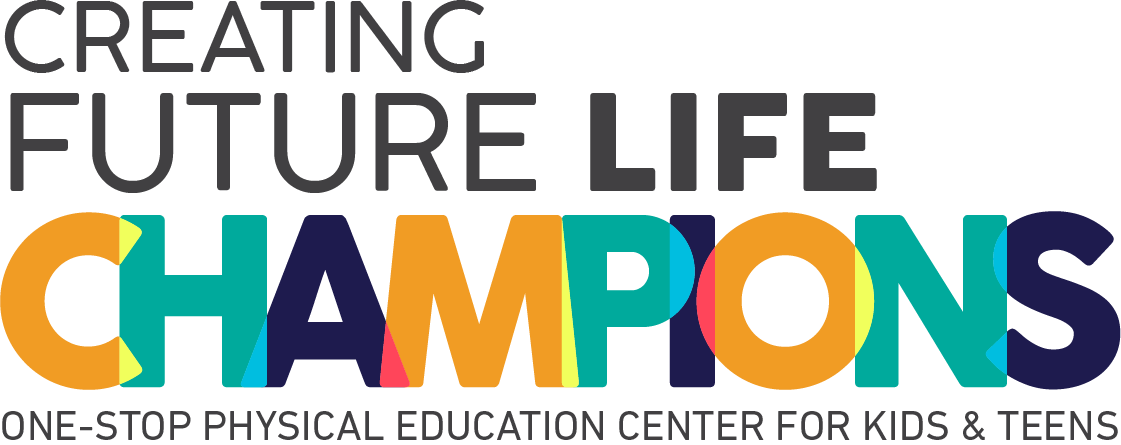Freestyle Drills To Help Swimmers Swim Faster
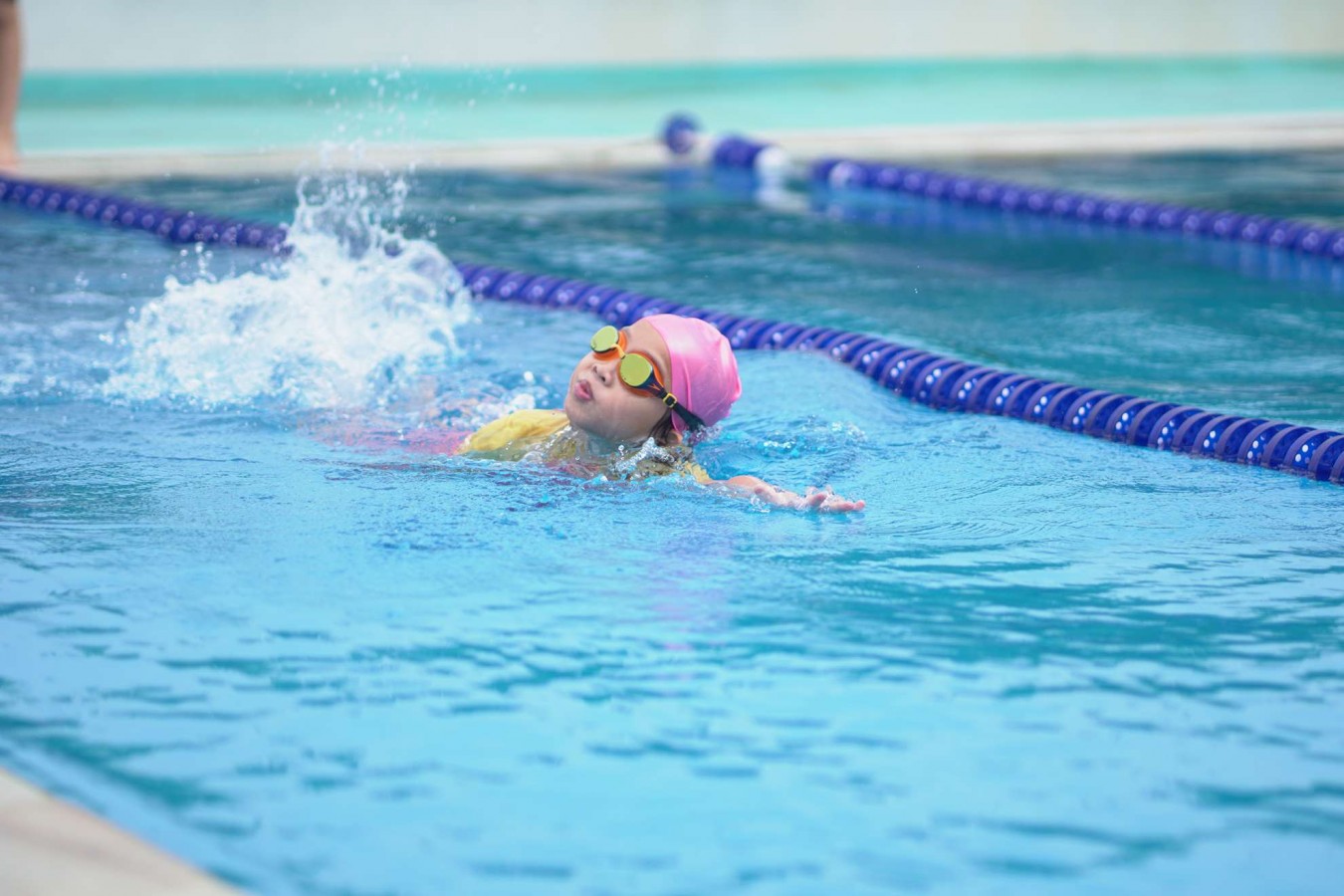
Want to glide through the water like a rocket? Well, learning freestyle is the go-to stroke for speed. But just swimming more laps won't always make you faster. What do you really need? The answer is proper freestyle drills that target your technique, strength, and efficiency!
In this article, we’ll dive into 10 awesome freestyle drills that will help you swim faster, feel stronger, and move like a pro. Let’s make your freestyle stroke sharper, smoother, and speedier than ever!
10 Freestyle Drills To Help Swimmers Swim Faster
Want to boost your freestyle speed and technique? Drills are a swimmer’s secret weapon for better form, more power, and efficient movement in the water.
These freestyle drills will fine-tune your stroke and help you slice through the water faster than ever. Let’s dive in!
1. Closed Fist Freestyle Drill
Closed Fist Freestyle Drill is a drill of freestyle swimming with your hands balled into fists.
Since your fists reduce the surface area of your hands, you can’t rely on your palms to pull water. This forces you to engage your forearms and get a better “feel” for the water.
What you’ll improve:
- Early vertical forearm technique (EVF)
- Awareness of arm position
- Stroke tempo and rhythm
How to do it:
- Swim 25m or 50m with fists closed, then swim normally to feel the difference.
- Try variations like 12.5m fist, 12.5m normal or mix into a 100m set (e.g. 25m closed fist, 75m swim).
2. Super Slow Freestyle
Swim as slowly as possible while maintaining perfect technique. Going slow gives you time to think about every part of your stroke including your hand entry, body position, breathing, and kick.
What you’ll improve:
- Stroke efficiency
- Body alignment
- Kick consistency
- Feel for the water
3. Overkick Freestyle Drill
Overkick Freestyle Drill is a freestyle with an exaggerated, high-speed kick while keeping your arm stroke relaxed. It strengthens your leg drive, reinforces body stability, and corrects any leg crossover, especially while breathing. Additionally, you can also utilize swim fins to practice this!
How to do it:
- Swim 25–50m with a kick that’s twice as fast as your arm strokes (2x kick, 1x pull tempo).
- Use it in warm-ups to activate your legs and raise your heart rate.
4. The Singapore Freestyle Drill
The Singapore Freestyle Drill is freestyle swimming with one arm doing a normal stroke while the other arm does a dog paddle. It’s actually harder than it looks!
This unique drill develops early vertical forearm technique, encourages proper hand placement, and heightens your awareness of body movement.
What you’ll improve:
- Arm coordination
- Hand entry and pull position
- Core engagement and balance
5. Single-Arm Freestyle Drill
Next, you can try swimming freestyle using one arm at a time, keeping the other extended or at your side. It’s a classic that isolates each arm’s movement, helping you identify weaknesses and perfect each part of the stroke individually.
What you’ll improve:
- Body rotation and alignment
- Power generation from the core
- Controlled, clean hand entry
You can also use tools like fins, paddles, or a snorkel to focus on technique without worrying about breathing.
6. Finger Drag Drill
The Finger Drag drill is a favorite among elite swimmers and coaches for promoting a high-elbow recovery and relaxing the shoulder muscles during the freestyle stroke.
To perform it, lightly drag your fingertips along the surface of the water during your recovery phase. This movement encourages better arm mechanics, reduces tension in the shoulders, and sets you up for a more effective hand entry into the water.
It’s especially beneficial for swimmers looking to fine-tune their catch and reduce wasted effort during the recovery.
7. Streamline Drills
Before transitioning into full freestyle swimming, it’s essential to first master the streamline position. Every time you push off the wall, whether starting a lap or coming out of a turn, your body should be in a tight streamline.
Begin by stretching your arms straight above your head, stacking your hands one over the other like pancakes. Squeeze your arms tightly against your ears, forming a sleek arrow shape with your body. Push off the wall in this position and begin kicking before initiating your strokes.
8. Catch-Up Freestyle Drill
The Catch-Up Drill is a fantastic way to build proper arm coordination in freestyle. Without the support of the board, your kicking becomes even more important to keep your body afloat.
Begin this drill by pushing off the wall in a streamlined position. Release one arm to perform a freestyle stroke while the other remains extended. Before beginning the next stroke, tap the still-extended hand with the moving one.
This ensures your arms are fully extended in front before starting the next stroke and reinforces timing and body alignment. To benefit from this drill, always return to full extension and touch the opposite hand.
9. Zipper Drill Freestyle
The Zipper Drill focuses on developing a high-elbow recovery and smooth hand entry in freestyle. As you swim, trace your thumb along the side of your body as if you're zipping up a jacket. This encourages a bent elbow and promotes correct recovery mechanics.
After your thumb reaches your armpit, extend your arm forward and return to the front position, either in streamline or with your arms directly extended in front of your shoulders. Alternate arms with each stroke, always repeating the “zip” movement before reaching forward.
10. Freestyle Retraction Drill
Top-level freestyle swimmers know the importance of achieving an effective early vertical forearm (EVF). By improving your EVF, you not only catch the water sooner but also increase propulsion through a stronger pulling motion.
To perform it, wear a swimming snorkel for breathing and strap a paddle to one hand. The opposite arm should remain in a typical recovery position.
The movement begins with a quick, scoop-like action using the paddle arm. This motion activates your core muscles and helps level your torso and hips in the water. While the catch arm engages, the recovery arm moves forward.
After this brief interaction, both arms rapidly return to their original positions before transitioning into a full freestyle stroke. Once you've completed a cycle, switch the paddle to the other hand to ensure balanced practice on both sides.
Which Freestyle Drills Will You Try?
If you want your children to swim faster and develop strong freestyle technique, consistent training through the right drills is key. But more importantly, having the right guidance can make all the difference.
At Rockstar Academy, we encourage parents to give their children the opportunity to thrive by enrolling them in our Swimming Program that is designed to not only improve speed and skills, but also boost confidence and discipline in the water.
As the best Sports & Performing Arts Academy, Rockstar Academy offers a wide variety of physical activity programs supported by a strong curriculum that allows students to participate in the exciting RockOlympics—an incredible learning experience where young athletes can explore and showcase their true potential.
For those who prefer a more tailored approach, our Private Instruction Program is perfect. It offers highly personalized, skills-based training focused on each student’s individual goals.
With detailed instructor feedback, progress reports, training videos, and weekly home exercises, your child will receive the focused attention they need to grow and succeed. And the best part? We also offer a free trial class, so you can experience the Rockstar difference firsthand!
FAQ
How often should I do freestyle drills?
Ideally 2–3 times per week, either as part of your warm-up or main set. The key is consistency—not overload!
Can beginners do these drills?
Absolutely! Start with simpler ones like the Catch-Up Drill, Fingertip Drag, and Sculling. Add the more complex ones as you get comfortable.
How long should I do each drill?
Aim for 25 to 50 meters per drill, repeating 3–4 times. Combine 3–5 drills for a complete technique set.
